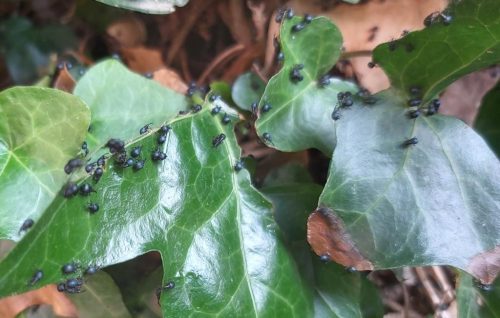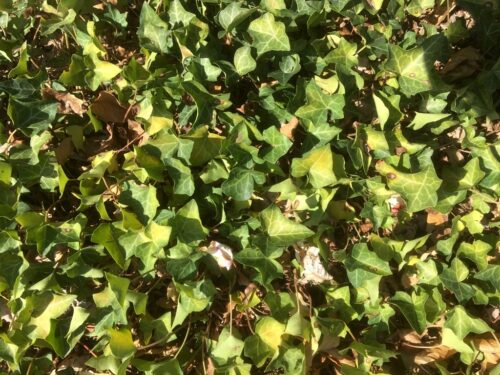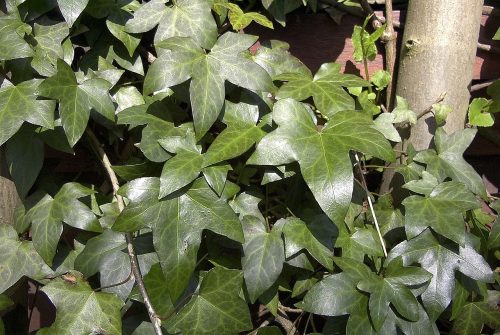Ivy, evergreen, hardy creeping and climbing plants.
Also known as:
Hedera
Common ivy
Do not confuse with:
Poison ivy
You are viewing the mobile-adapted version of the page.
The one for tablets, laptop and desktop also provides general information, such as origin, toxicity and cultivation.
- Ivy, leaves and berries are poisonous to humans, cats, dogs and horses. Not for birds.
Poison ivy – Although it has a similar name, it is a very different plant. Poison ivy belongs to the genus Toxicodendron, while true ivy belongs to the genus Hedera. The species are not alike. Poison ivy is native to Asia and North America and parts of Canada, where it is considered an unwanted weed. Poison ivy is commonly eaten by many animals, and the seeds are consumed by birds. Toxicodendron is known to cause an itchy, irritating and sometimes painful rash when touched. The rash is caused by urushiol, an organic compound in the plant’s sap.
Ivy – (Hedera) Evergreen, hardy, creeping and climbing plants. Native to countries in temperate zones. Depending on the substrate (rocks, trees), ivy can grow more than twenty-five meters high. Young shoots have aerial roots to affix to the substrate (rock or tree bark); mature branches are self-supporting. Newly formed shoots with aerial roots have lobed leaves and the mature flower-bearing branches have rounded leaves. Ivy blooms in autumn with umbels of small flowers. These are rich in nectar and a food source for insects (bees). The black fruits appear in late winter and are eaten by birds. The berries are poisonous to humans.
Ivy against a wall protects the wall from frost and rain damage. Masonry walls with solid pointing are not affected by ivy. In walls with loose pointing and loose stones, the shoots can penetrate the wall and damage it through the growth of the shoots.
Despite the fact that ivy does not draw nutrients from the tree itself, ivy in a tree is harmful: nutrients and water are absorbed at the roots of the tree, depriving the tree of nutrients and weakening the tree over time. In addition, overgrowth by ivy makes the tree more susceptible to storms (branch breakage).
Bugs

Leaf is eaten away by black Xke
Red, yellow or brown spots develop on the leaves; the leaves eventually die. The plant becomes deformed and lags in growth: oleander scale (Aspodiotus nerii).
Fungi & diseases
Brown spots with yellowing edges appear on the leaves. On the spots are small black dots. These leaf spots are caused by the fungus Boeremia hedericola.
Yellow, withered spots on leaves, veins turn black, followed by stem rot: Bacterial le
Stems discolour, followed by massive leaf fall, ivy becomes bare: leaf and stem spot by the fungus Colletotrichum trichellum.
Other
Ivy in trees generally does not damage the tree; however, there is some competition in the supply of water and food. A tree with mature ivy is more susceptible to storm damage.

Leaf yellowing, curling and becoming dull: severe water shortage, e.g. due to a prolonged heat wave.

